I got to follow the romantic exploits of this young bull, who I estimate was just three or four years old, when, over the course of two days, I spent over nine hours with him as he shadowed and courted a reluctant adult female who was mothering a four-month old calf.
In September 2023, I went to Jasper National Park with rutting elk as my principle target and I featured some of those photos in the October 2024 Photo News Flash. But, as well as elk, I was also hoping to spend some time tracking moose which are also in rut at that time of the year.
Prior to the devastating fire this past summer, Jasper experienced another large wildfire in July 2015 that destroyed many of the forests surrounding Medicine Lake, and I was especially interested to see what impact it had on the moose population eight years later. Moose are one of the species of deer that prospers for a time in the years after a fire. The animal’s common name is derived from the Algonkian Native name which means “twig eater”. Food abundance for moose reaches a peak 10-15 years after a wildfire, and then gradually declines over the next 20 years as the forest grows back. In an Alaskan study, biologists measured the amount of edible browse available to moose, 3, 10, 30, and 90 years after a forest fire. The totals were 37, 1399, 397 and 4 kilograms per hectare (33, 1246, 354 and 4 lbs per acre), respectively. As the amount of available browse declined, so did the numbers of moose. I was hoping that eight years after the Medicine Lake fire I would see more moose than I did in the years before the fire, and that was indeed what happened.
Below are some behaviour shots that I never expected to capture.
Although this bull was sexually mature, he was unlikely to be lucky in love. In un-hunted moose populations such as those in Jasper, bull moose typically don’t begin to breed until they are five or six years old when they have the greater body mass and antler size to intimidate and fight potential rivals.
Moose have a conspicuous adornment dangling from their throats which biologists call a bell. The bell in a cow moose may be a simple tail-like structure whereas that of a bull moose is a much larger sac-like dewlap. In a study in northwestern Ontario, the bell was 26 cm long on an average cow moose and 32 cm long on an average bull. In frigid winter weather the tip of the bell may sometimes freeze and fall off shortening its overall length.
When a bull is courting a female he grunts repeatedly, drools, and flicks his tongue. His saliva is rich in androsterone, which is a derivative of testosterone, and the moisture soaks his chin and the bell dangling from his throat transmitting a powerful odour signal.
Like all members of the deer family, the bull moose initially beats shrubbery and small trees with his antlers to remove the velvet once they stop growing in August. After that, hormone-fuelled bulls repeatedly thrash the bushes to display their machismo.
One of the distinctive traits of the moose is its long legs and elevated chest height which allow it to move through deep snow and the clutter of deadfalls with relative ease.
This is the mother moose that the young bull tenaciously followed and chased repeatedly for the two days I was shadowing them.
A cow moose will advertise her interest in mating by moaning repeatedly for 10-12 days, but only allows mounting for 8-12 hours. During the days prior to mating, the cow tries to attract rival bulls who will compete with each other, ensuring that the largest, most dominant one fathers her offspring.
Every time the young bull got close to the cow and her calf she would run into thick cover to escape his attentions.
This is the mother’s 4-month old calf. At one point the bull rushed the calf and aggressively jabbed it in the rump with his antlers driving it away. After that, the mother and calf were separated for at least several hours while the bull continued to harass and court the female.
The mother was able to escape into a rocky area littered with deadfalls from the 2015 wildfire. Meanwhile her calf was several hundred meters away hiding in some thick willows.
During the night, the mother and calf reunited but were still being followed by the same persistent young bull. Normally, a calf will stay with its mother throughout its first winter until the birth of the mother’s next calf the following spring.
In this part of Medicine Lake there is no underwater vegetation and the mother was eating mud from the lake bottom. It’s likely she craved some minerals in the mud, especially sodium.
The young bull followed the mother and calf into the lake and also ate some of the mineral-rich mud.
The bull followed the mother and calf wading in the shallow water for several hours. I left the trio when it got dark and I was never able to find them again in the days after that.
Bulls in Alberta weigh between 360-500 kilograms (800-1,100 lbs) and stand up to 2.3 m (7.5 feet) tall at the shoulder. Although cow moose are smaller than bulls they’re still very large animals weighing up to 350 kg (770 lbs) and standing 1.8 m (5.9 feet) tall at the shoulder.
Night-time collisions between vehicles and moose are relatively common in Canada. It’s easy to see from this photograph that a speeding vehicle would strike a moose in the legs and the animal’s body might easily fall backwards onto the windshield.
This is a different 4-month old calf that I suspect was temporarily separated from its mother by an antagonistic bull that was courting her mother. With snow covering the ground the calf was feeding on the leaves of small bushes.
The calf repeatedly looked around, perhaps searching for its mother or watching for danger.
A young bull, different from the one I had followed for two days, excitedly approached the calf.
Initially, the calf bleated, perhaps frightened by the approaching bull, but then resumed feeding on leaves as the bull sniffed its body. If the bull had tried to mount the young female calf in frustration it might have injured the youngster, possibly even breaking its back. In the end, the calf and bull wandered off in separate directions.
I ran into this bull on my drive home from Jasper. It was much larger than either of the young bulls I had photographed in the previous weeks.
On my Jasper camping trip I stayed in my trusty Bigfoot trailer that I have owned for 35 years.
About the Author – Dr. Wayne Lynch
For more than 40 years, Dr. Wayne Lynch has been writing about and photographing the wildlands of the world from the stark beauty of the Arctic and Antarctic to the lush rainforests of the tropics. Today, he is one of Canada’s best-known and most widely published nature writers and wildlife photographers. His photo credits include hundreds of magazine covers, thousands of calendar shots, and tens of thousands of images published in over 80 countries. He is also the author/photographer of more than 45 books for children as well as over 20 highly acclaimed natural history books for adults including Windswept: A Passionate View of the Prairie Grasslands; Penguins of the World; Bears: Monarchs of the Northern Wilderness; A is for Arctic: Natural Wonders of a Polar World; Wild Birds Across the Prairies; Planet Arctic: Life at the Top of the World; The Great Northern Kingdom: Life in the Boreal Forest; Owls of the United States and Canada: A Complete Guide to their Biology and Behavior; Penguins: The World’s Coolest Birds; Galapagos: A Traveler’s Introduction; A Celebration of Prairie Birds; and Bears of the North: A Year Inside Their Worlds. In 2022, he released Wildlife of the Rockies for Kids, and Loons: Treasured Symbols of the North. His books have won multiple awards and have been described as “a magical combination of words and images.”
Dr. Lynch has observed and photographed wildlife in over 70 countries and is a Fellow of the internationally recognized Explorers Club, headquartered in New York City. A Fellow is someone who has actively participated in exploration or has substantially enlarged the scope of human knowledge through scientific achievements and published reports, books, and articles. In 1997, Dr. Lynch was elected as a Fellow to the Arctic Institute of North America in recognition of his contributions to the knowledge of polar and subpolar regions. And since 1996 his biography has been included in Canada’s Who’s Who.




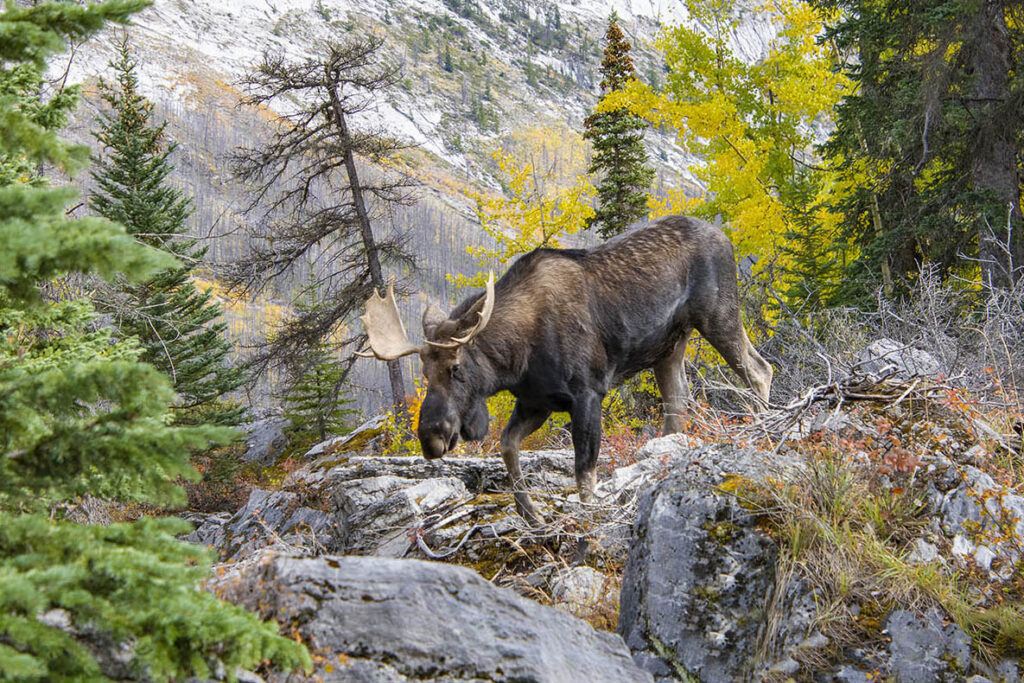
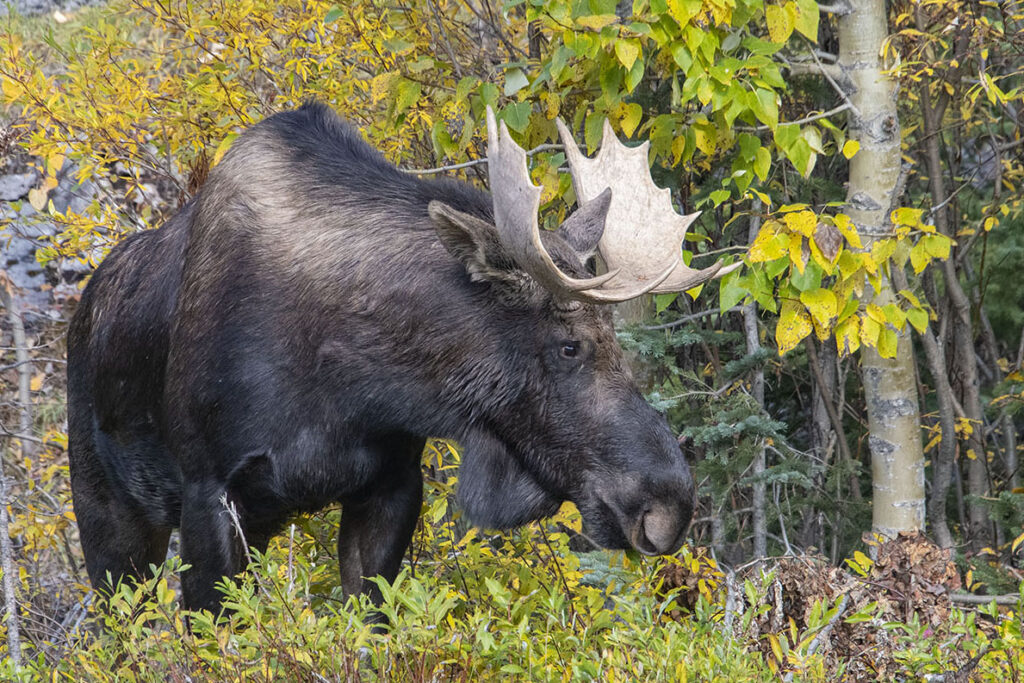








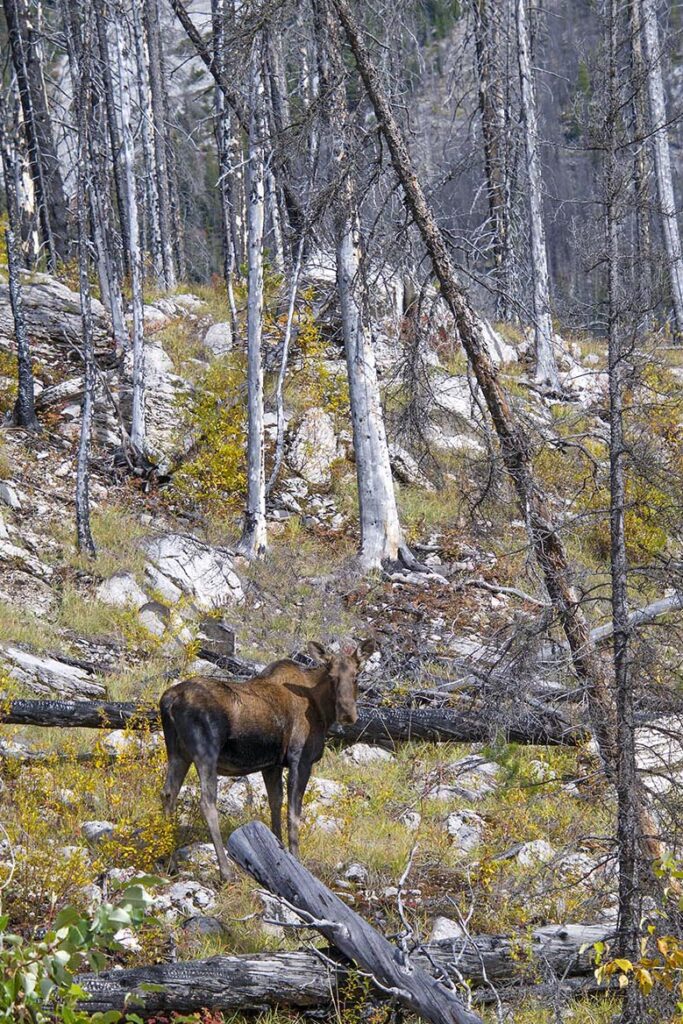







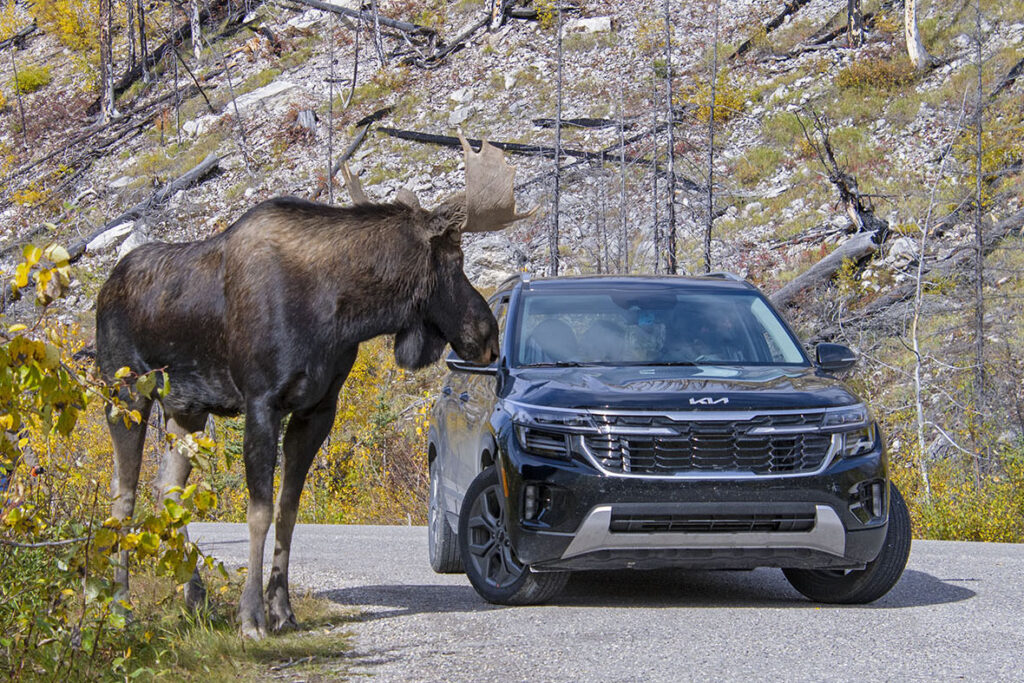


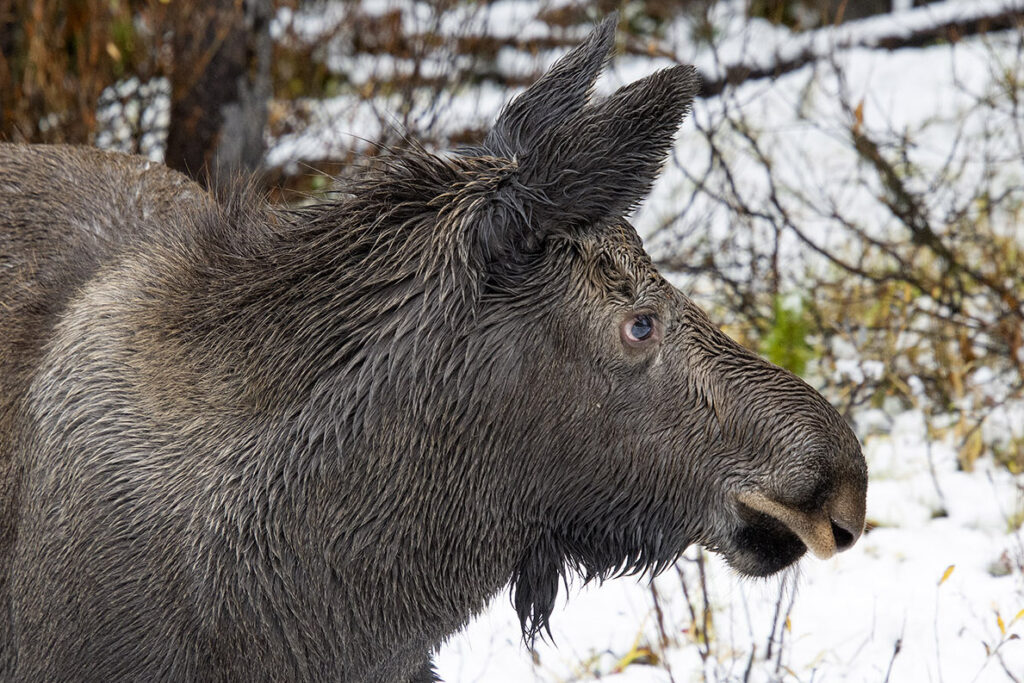



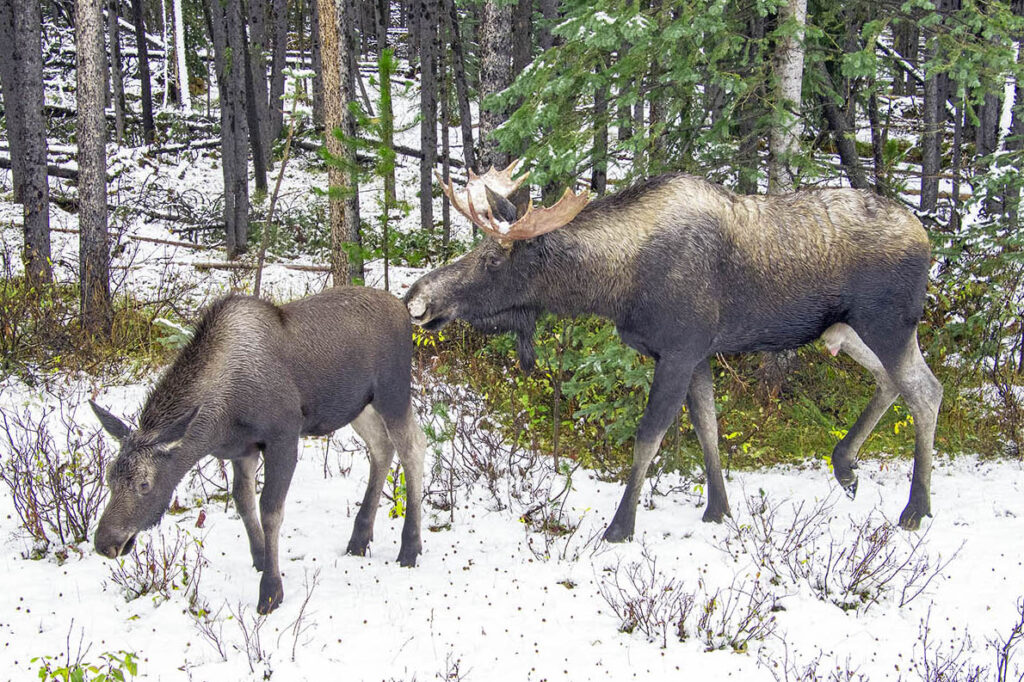


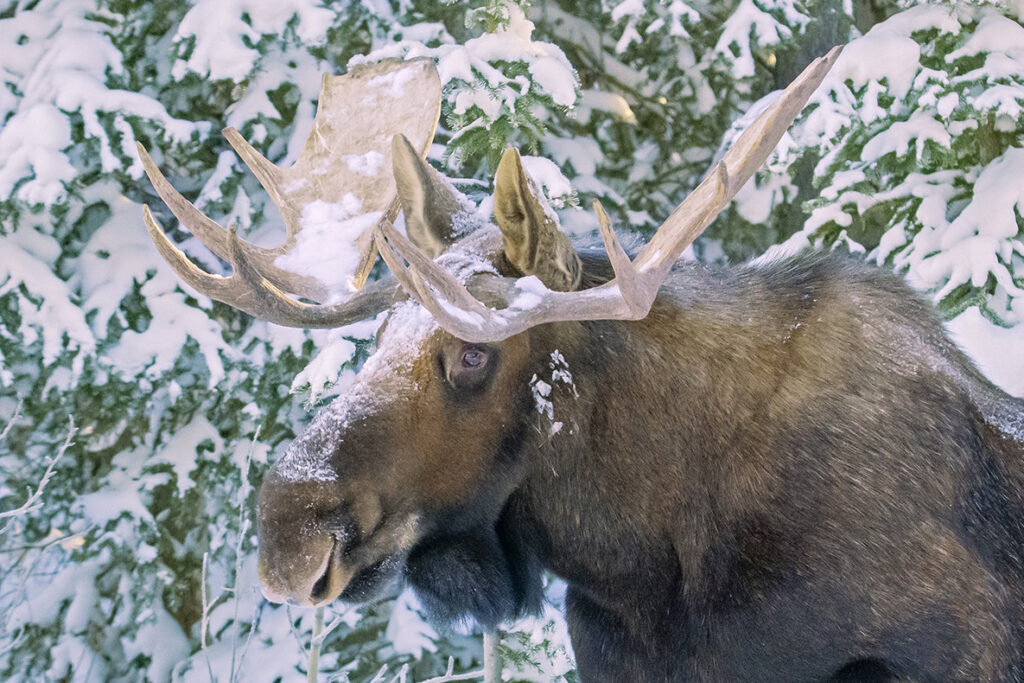






Great job Wayne. I realy enjoyed your story!
Thanks Wally for the kind words. When I photograph wildlife the experience is always greatly enhanced if I known the biology behind the behaviour.
Wayne
Once again Wayne has given us great images and indepth information . I thoroughly enjoy his articles and images. well done, great images.
Thanks Marilyn for the kind words.